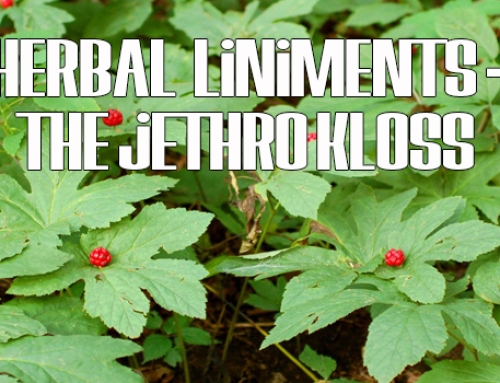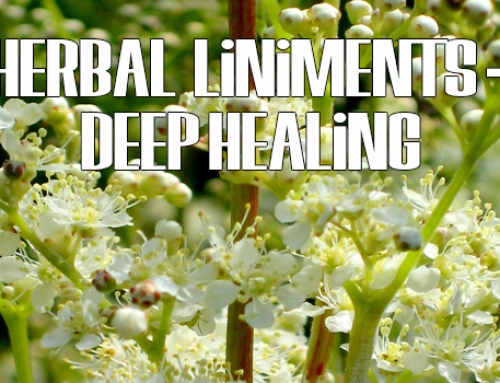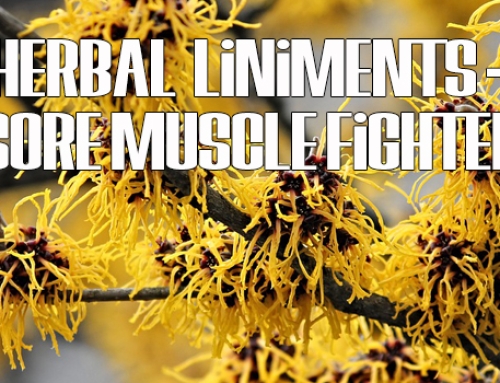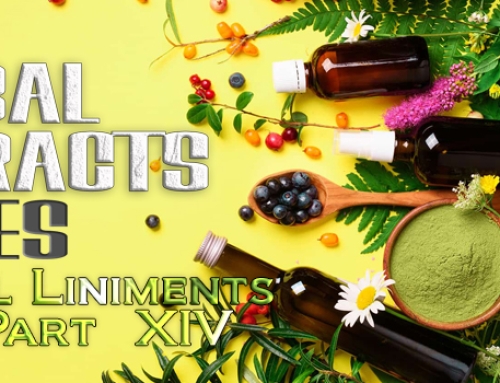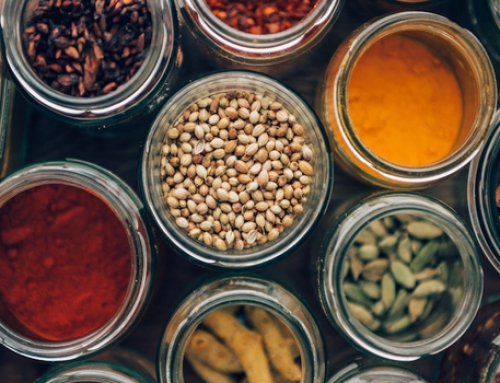 How To Make A Poultice
How To Make A Poultice
A poultice was traditionally made by placing fresh plants or natural substances directly on the affected area. As always you have to match the appropriate plant or substance to the particular condition.
Disclaimer: Please remember that these are general remedies. For acute or serious chronic cases, you may need to work with a practitioner.
There is another preparation method: gather an herb or natural substance, mix it with water and make a paste to put on the affected area. You will hold this paste in place with a cloth. There are multiple benefits from this type of poultice.
Most of us already have the ingredients for a basic poultice, yet may not know how to make one, or what some of the benefits are.
In general, follow these basic steps. Remember: assess the condition and if you need to seek medical attention for something serious, do not hesitate to do so.
Instructions
- Gather a quarter cup of herbs or a natural substance to make a paste (i.e.: baking soda). If you are dealing with a smaller area you can cut this recipe in half.
- Mix ½ – ⅓ cup of hot water with the herbs or powder.
- Place the mixture on a cotton cloth about half the size of a normal washcloth.
- Lightly pat the mixture down.
- Turn the cloth over and place it on the affected area.
- Secure it with a tie or rubber band.
- Let the mixture soak into the skin for twenty minutes.
- Remove the cloth.
- Pat the area dry, gently.
- Reapply as needed depending on the condition.
Ingredients to Put Together
- Dried or Fresh Plantain leaves
- You can add dried or Fresh Mullein leaves as well
Plantain has very prominent veins that start at the base of the leaf and go up to the tip of the leaf. It is an analgesic, has a numbing effect on skin tissue combined with extraction power. A seemingly mild herb (plantain), it contains allantoin and can promote rapid regeneration of healthy skin on ulceration, or abrasion.

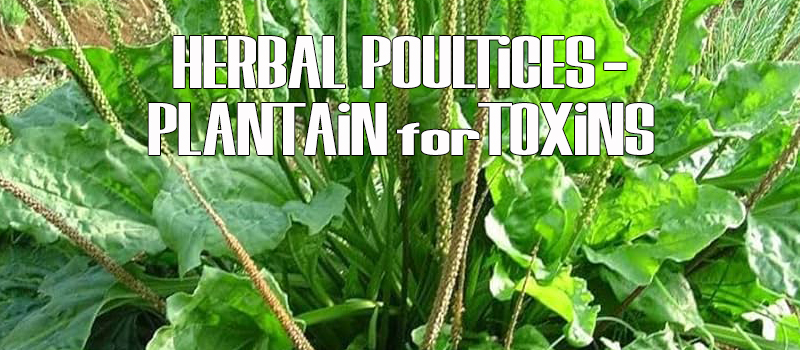
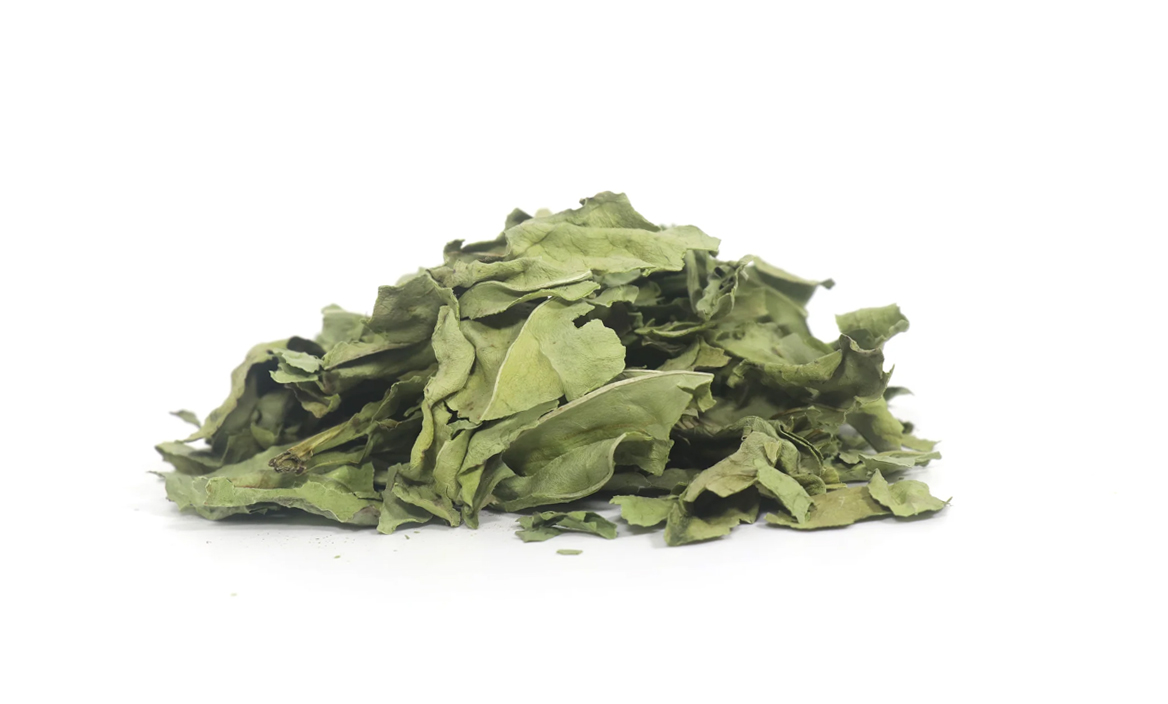 How To Make A Poultice
How To Make A Poultice